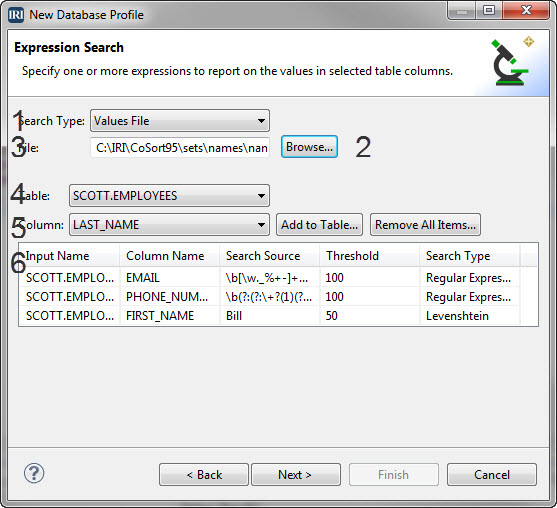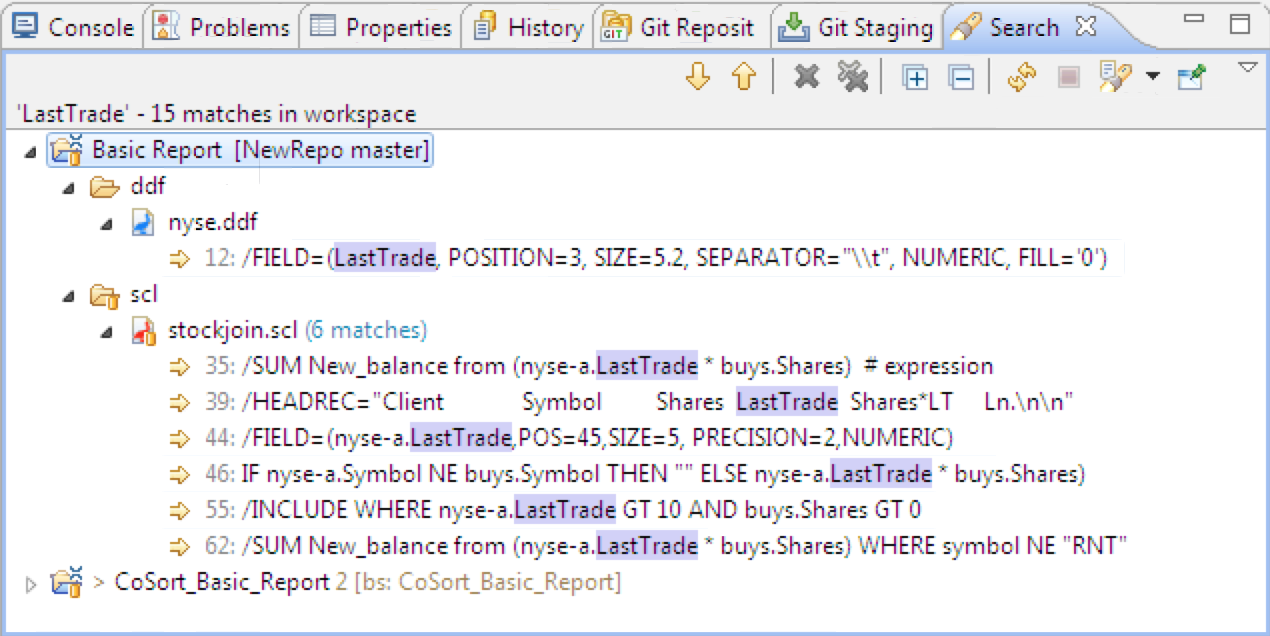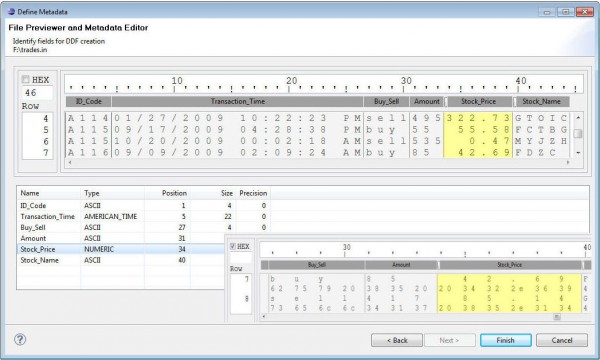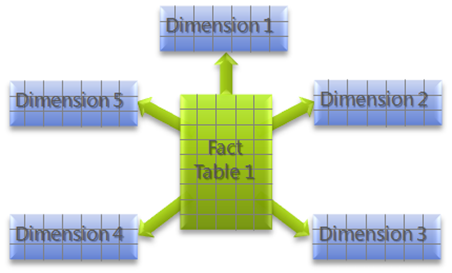
Capturing Business Value with Enterprise Metadata Management
As data itself has become currency, the metadata describing it — and what happens to it — has also emerged as a core asset of modern business. Read More

As data itself has become currency, the metadata describing it — and what happens to it — has also emerged as a core asset of modern business. Read More

Editors Updates: Q2’16: In addition to the database profiling wizard in the data discovery menu group in IRI Workbench described below, IRI has introduced robust data classification that enables the application of field rules for multi-source data transformation and protection through data class libraries. Read More

This article is fourth in a 4-part series on managing metadata assets in IRI Workbench using Git. It focuses on the security of your metadata. Other articles in the series cover the use of Git as a metadata asset hub, for version control, and for tracking metadata lineage. Read More

This article is third in a 4-part series on managing metadata assets using Git version control for metadata in the IRI Workbench GUI. It focuses on the tracking of job script histories for the benefit of metadata lineage analysis. Read More

This article is second in a 4-part series on managing metadata assets in IRI Workbench using Git. It focuses on its metadata version control. Other articles in the series cover the use of Git: as a metadata asset hub, for tracking metadata lineage, and for metadata security. Read More

This article is first in a 4-part series on managing job-specific metadata assets in IRI Workbench. It focuses on the value of a metadata hub in general, and a Git implementation in particular. Read More

Data and database migration are key considerations for any system implementation, upgrade, or consolidation. Data migration happens for many reasons, like appliance upgrades or enhancements, server maintenance, or data center relocation. Read More

Background
Lines of business do not think in terms of metadata per se. Users want to know what information is available, and where it is. They want to know if the data is reliable, protected, who’s using it, where it came from and how it’s been changed. Read More

Data profiling, or data discovery, refers to the process of obtaining information from, and descriptive statistics about, various sources of data. The purpose of data profiling is to get a better understanding of the content of data, as well as its structure, relationships, and current levels of accuracy and integrity. Read More

IRI’s data management tools share a familiar and self-documenting metadata language called SortCL. All these tools — including CoSort, FieldShield, NextForm, and RowGen — require data definition file (DDF) layouts with /FIELD specifications for each data source so you can map your data and manage your metadata. Read More

Star schema is the simplest and most common database modelling structure used in traditional data warehouse paradigms. The schema resembles a constellation of stars — generally several bright stars (facts) surrounded by dimmer ones (dimensions) where one or more fact tables reference different dimension tables. Read More